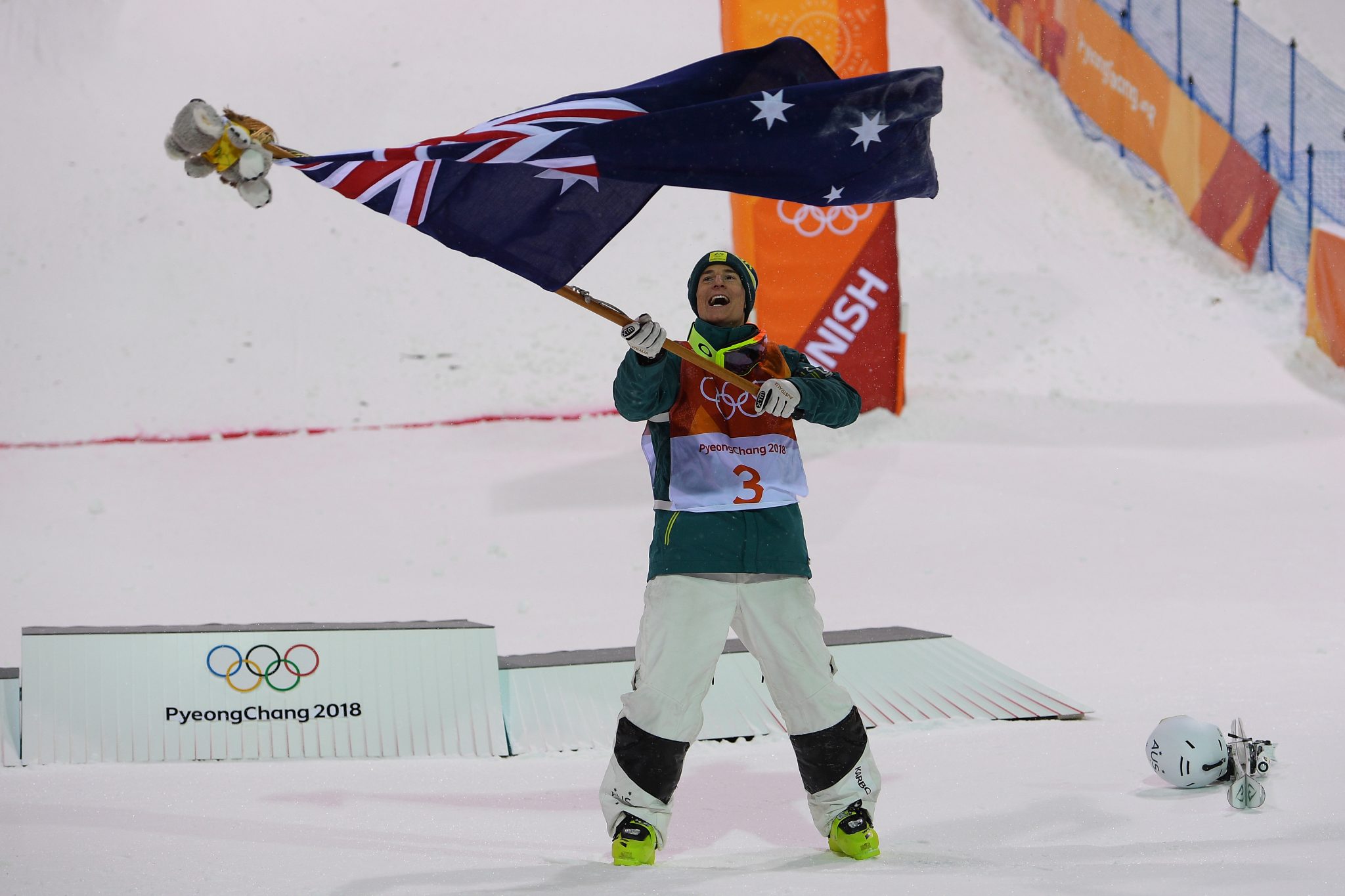
Peter Fitzsimons threw his red bandanna into the Winter Olympics hyperbole ring last week with an opinion piece designed to get folks that love winter sports riled up and readers hitting the refresh button on his column.
Former rugby union player, author, Fairfax columnist and father of a ski instructor, Fitzsimons, claimed the Winter Olympics has a zero care factor from the general Australian public, pitching household names Steve Bradbury and Alissa Camplin against newly crowned Olympic medalists Matt Graham, Jarryd Hughes and Scotty James with the belief the latter are unrecognizable and the public buzz non existent.
As a journalist, I fear he may be right. But I don’t think it’s because no one cares, I think it’s because no one knows.
While Channel Seven have certainly got some of the viewer numbers for night time viewing (the women’s aerial final had 1.3 million viewers) they have also increased the average viewers per day from 319 000 on TEN during Sochi to 596 000 on Seven in PyeongChang. 43 million minutes is the amount of time spent by winter sport obsessed Aussies streaming on the Seven App in the first week.
Meanwhile the Winter Olympics on mainstream news sites has mostly been buried down the home page or just found somewhere in the sport section. Both Fairfax and News chose not to send journalists to this year’s Winter Olympics in protest against News Access Rules and are, instead, taking syndicated news pieces from Australian Associated Press.
The AAP stories are good news reports (I’m taking many myself) but the lack of real on ground journalists leaves little room for diversity of views from reporters when there’s only three of us in the mixed zone and the rest of the published news is PR from the Australian Olympic Committee. Not to mention the lack of crowds in the half filled public stands.
The athlete parents and family members here in PyeongChang consistently point out the lack of media support in the four years between each Winter Olympics and the hypocrisy in caring for two weeks about athletes whose names they didn’t know before. Even some official on the ground staff are seeing snow for the first time or have never clicked into skis or snowboards themselves. So how do we expect them to share the real passion?
On the scale of sports participation by kids, skiing and snowboarding rates far lower than less expensive sports. Australia has 1.378 million kids who participate in swimming competition outside of school hours, 674 000 in soccer, 366 462 in AFL, 332 000 in netball, 256 000 in tennis.
Compare that to the Interschools ski and snowboard competition that boasts 7140 participants and it’s easy to understand the low care factor of the sporting obsessed nation of Australia. Because, again, they don’t see, hear or know that much of snow sports outside of every four years.
Yet in 2016/2017 FIS World Cup season we won 40 podiums and crowned various World Champions. On a world stage we rate as snow sports competitors more than we do at home.
Our Australian skiing and snowboarding leisure dollar is highly coveted by the likes of Aspen, Vail, Whistler and beyond where we regularly rate as the number one international inbound market to USA skiing states such as Colorado and Utah.
The average viewer can see themselves on a tennis court, in a pool, playing backyard cricket. Few have the economic privilege of a holiday home in the snow to ski and snowboard all winter long.
Until athlete funding is means tested or resorts drop their lift pass prices (which is happening with multi resort passes and early bird tickets in Australia and beyond) or accommodation providers are happy to make no money over a short winter season (which would put them out of business), skiing and boarding will remain a sport for the financially ‘elite’ (ok, that was harsh) or rather the privileged middle classes as many will still sacrifice other pursuits or holidays in order to go skiing.
But, they can still go skiing and that’s what counts. The skier day numbers still show around 2 million skier visits a season and it is estimated around 800 000 Australians ski and snowboard whether at home, or abroad.
Winter sports receive less than half the funding of summer sports from the Australian Olympic Committee and little is then leftover to market the sport so more Australians ‘know’ about the sport we love. The more that partake in these sports, the more that care. If we can work together from ski resorts to tourism boards to winter sports organizations to get the word out, the more our industry will stay alive.
Australia was excited in 2002 when Steve Bradbury won Winter Olympic Gold because of the way he won it. It was so Australian. His winning strategy (skate behind the pack, not with the pack, and hope they all crash) was irreverent and unlikely to succeed, but in a lottery finish, it did and he became an Australian underdog hero.
It was the same year that we became the first southern hemisphere country to win a gold at the Winter Olympics and we didn’t just win one, we won two when Alissa Camplin also scored the top podium in the aerials. They were heroes and awarded advertising and sponsorship contracts that put them front and centre in Australian homes.
We love a novelty factor, a world first, an Australian first, an underdog moment. That’s why if Lydia Lassila had had the Olympic results she dreamt of this year she, too, would gain Bradbury status as she would have become our most successful Australian Winter Olympian to date.
Scotty James bronze feels like it has more mainstream media kudos due to whom he won that bronze against. Shaun White. Two words the average Australian knows and understands. The rivalry was built up as a pre games story in a way that Mikael Kingsbury (moguls gold) and Pierre Vaultier (boarder cross gold) never would have been with Matt Graham and Jarryd Hughes. Kingsbury may be the most successful mogul skier in history but White trumps him in celebrity.
Australia so desperately wanted a gold at this Olympics, which I fear only tarnishes the brilliance of the silvers and bronze we did win. And they are brilliant. Any medal is hard to come by, fiercely contested and takes years of hard focused work and talent to achieve.
I was there for each medal win and I was there when our predicted medalists watched the podium become out of their reach. Trust me, those of us who follow snow sports care. A lot. And we know. We know about the sport because we have had skis and snowboards beneath our feet, we’ve made snow angels, slid on ice and seen a halfpipe up close.
We care about the hearts of our Winter Olympians who literally risk their lives in their sport. We share their joy and cry at their grief. Bring on Beijing, we’ve got you, and you’ve got this.
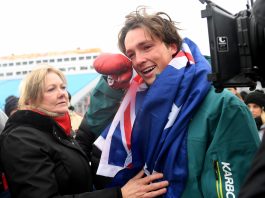
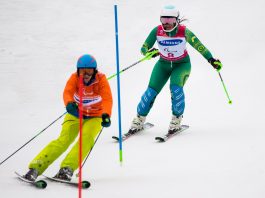
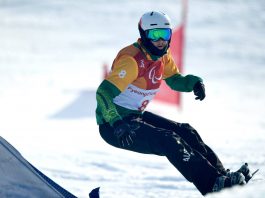
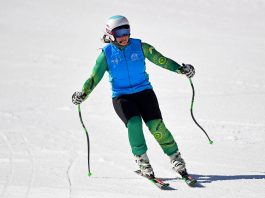

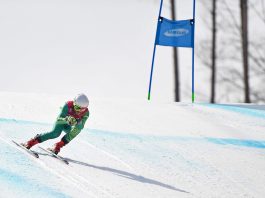
Yep, our family cares. We’ve been lucky to record every broadcast and watch it all fast forwarding the padding!
We’ve also been fortunate to be able to afford to teach the kids to ski and take a week at the snow every year. BUT with the squeeze on incomes and increased housing it’s now out of our reach to take the average family, even the upper middle classes! Our kids all have part time jobs and have to pay for their own tickets but a week at the snow costs around 5k!
Until the bigger picture issues are rectified and governments, conservationists etc make the mountains more affordable, then skiing will only become more elitist and medals a rarity. Pity given the danger and spectacle their skills bring the viewer.
Cheaper accommodation and shared season tickets or family passes will be key to this, with reduced bed taxes from the national parks.
Yes, sadly it’s a lack of ‘knowledge’ I fear too that stops people getting involved. I worry about the financially ‘elite’ bit too. I grew up in a working class family (Dad was a chief scientist for CSIRO and very poorly paid in those days) where great sacrifices were made so we could enjoy our annual ‘week’ at the snow. I was never able to go on school camp and ski clothes were always either hand made by Mum and hand me downs. I’m now 65 and we’ve just had our first grandchild (now 18 months old) become our CSIR Ski Club’s first fourth generation member! I don’t know what we’d have done without those wonderful times at Buller, Hotham, Perisher Valley or Falls Creek as a family that continue today. Kind regards to all as we continue to share the joys of making ‘snow angels’, skiing and snowboarding with the generations to come! The alps are a life ‘choice’ I know but so worth choosing. Thank you for sharing these thoughts, let’s keep the conversation going so next time round we can gather more and more momentum for viewing (thanks Chanel 7) and understanding with the same pride many hold dear for the Summer Olympics. Let’s also work towards David Morris’ goal and dream of making the ‘coming together of people in friendship and respect all over the world’ not just a two week event…..but a World changing happening for ever!
Lea Gill – Vice Chairman, CSIR Ski Club and part time Buller Kids Ski Instructor.